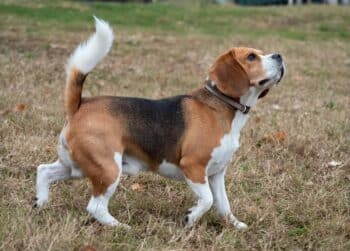
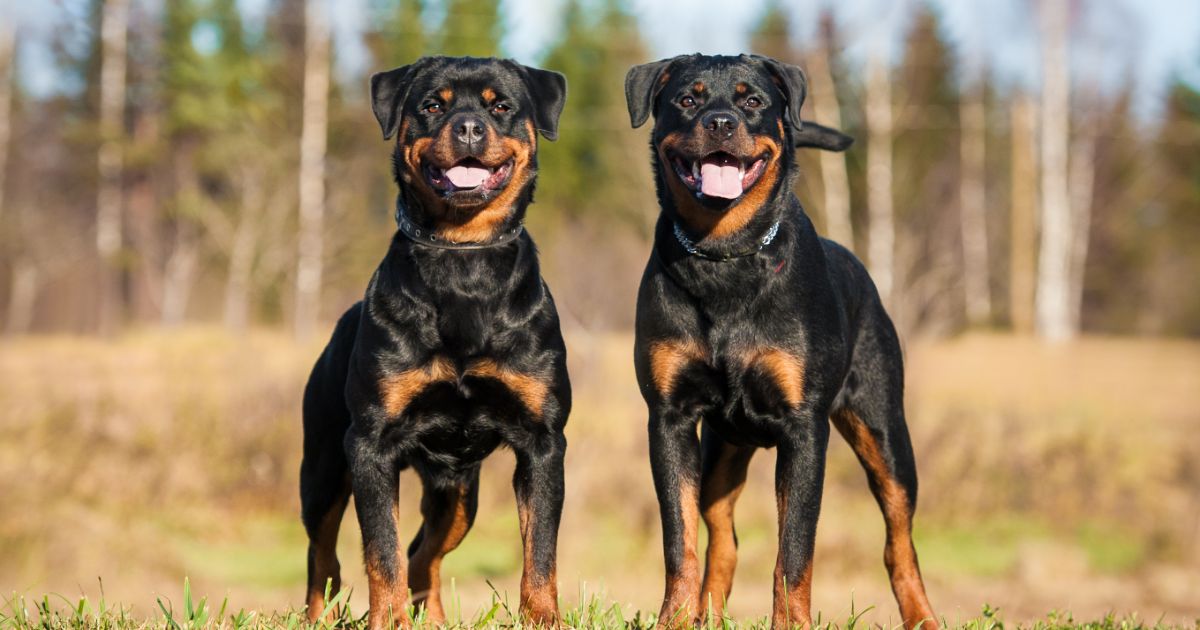
Throughout history, dogs have been shaped by their close interactions with humans. From the early days of domestication, people selectively bred dogs for tasks like guarding, hunting, or providing companionship. Over time, these roles molded dogs into the diverse breeds we see today, each with unique traits, temperaments, and abilities. Whether working, hunting, or being a loyal companion, these dog breeds have been deeply influenced by their relationships with humans, reflecting the needs and desires of their owners throughout generations.
Labrador Retriever
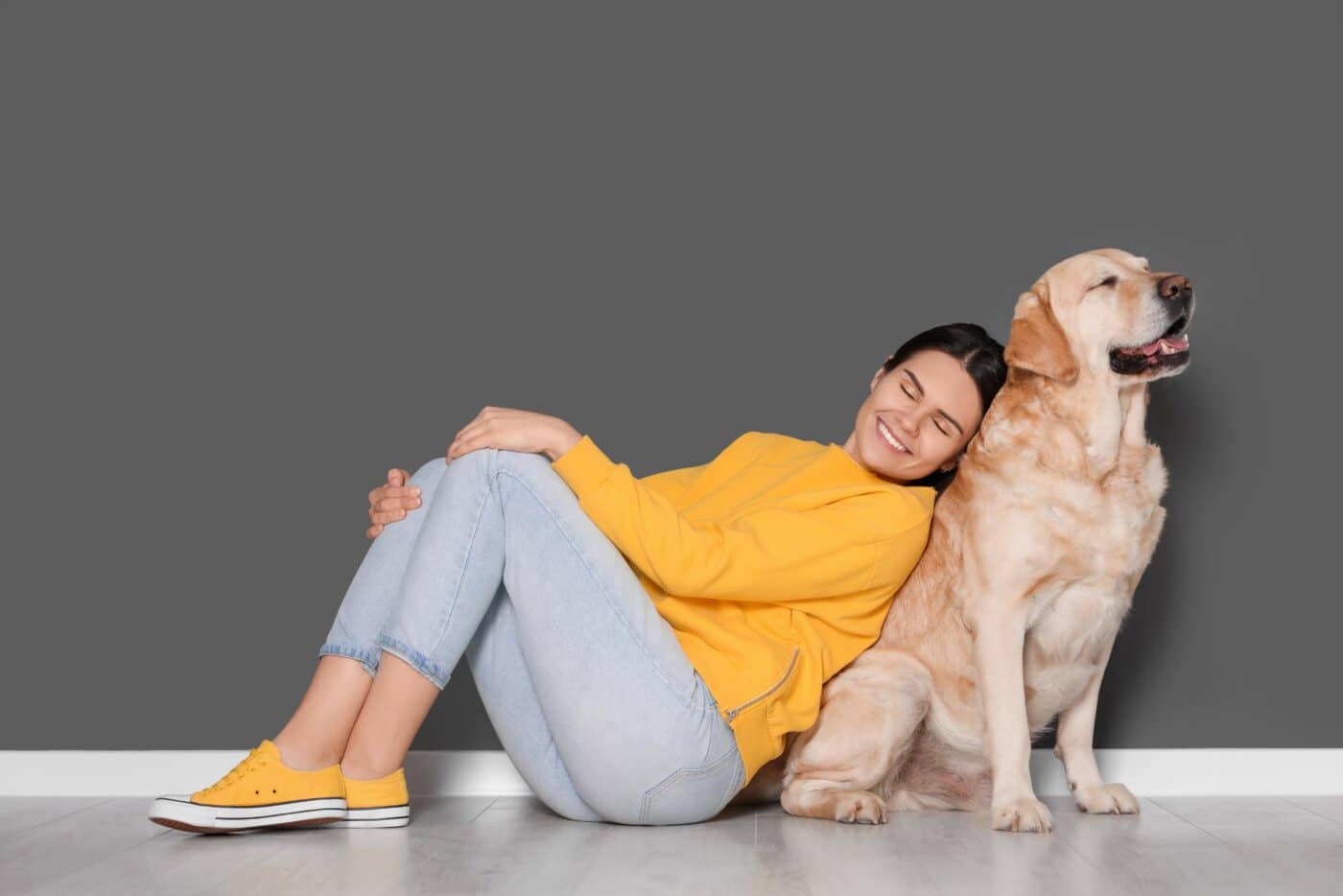
The Labrador Retriever is one of the most popular dog breeds in the world, and their history is deeply tied to their work with humans. Originally bred in Newfoundland as fishing dogs, Labradors were trained to assist fishermen by retrieving nets, fish, and other equipment from the cold waters. Their gentle mouths, strong swimming ability, and desire to work made them invaluable helpers. Over time, they evolved into highly versatile dogs, often used for hunting, retrieving, and even as service animals. Their easygoing and friendly nature has made them a family favorite, further showcasing how human interaction has molded their temperament to be gentle, affectionate, and obedient.
Border Collie
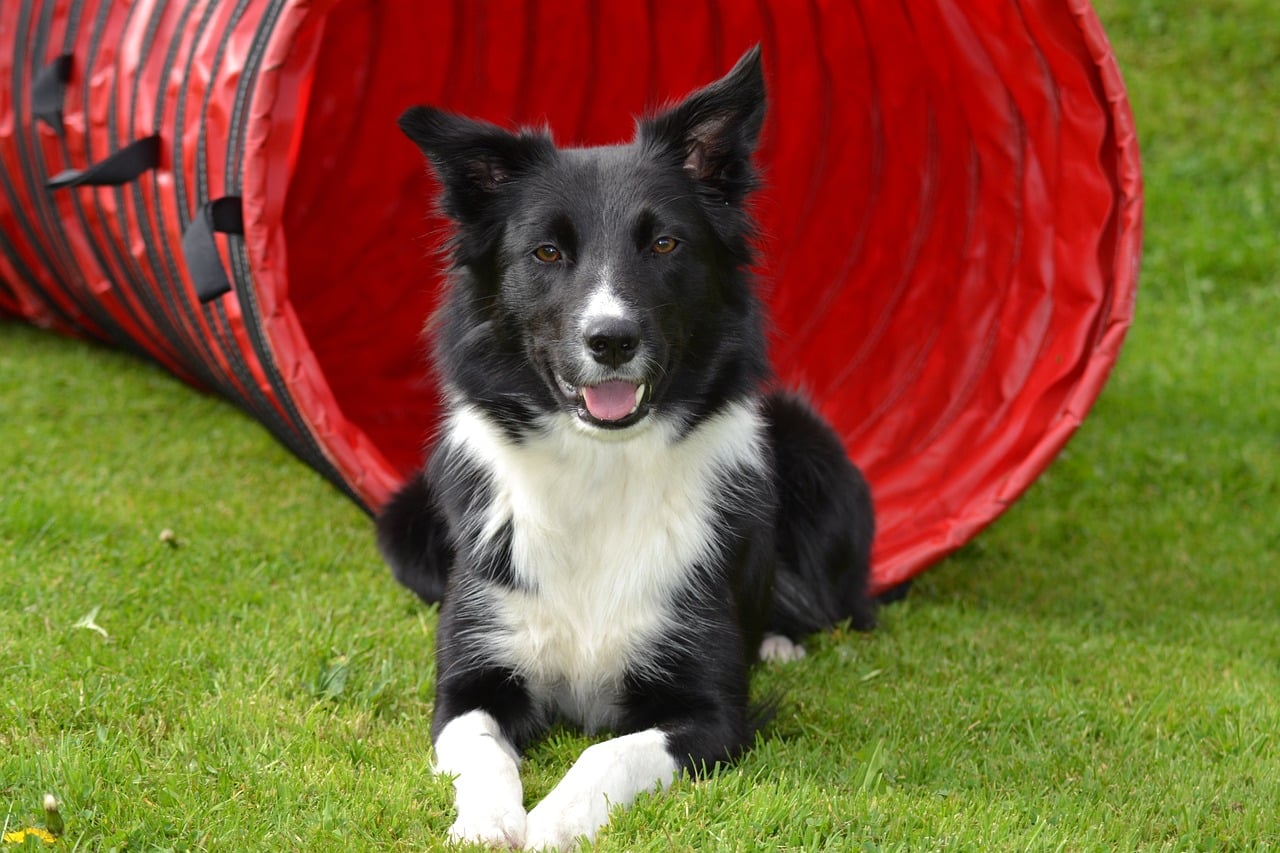
Few breeds exemplify the influence of human interaction more than the Border Collie. Bred to herd sheep in the rugged hills of Scotland and northern England, Border Collies were developed to work alongside shepherds, using their intelligence and tireless energy to manage livestock. Human breeders were selected for traits like agility, problem-solving skills, and an innate herding instinct, which resulted in one of the most intelligent dog breeds today. Border Collies are known for their incredible work ethic and responsiveness to training, traits that were honed through centuries of close collaboration with humans. Their sharp minds and willingness to please make them ideal working dogs and companions for active families.
German Shepherd
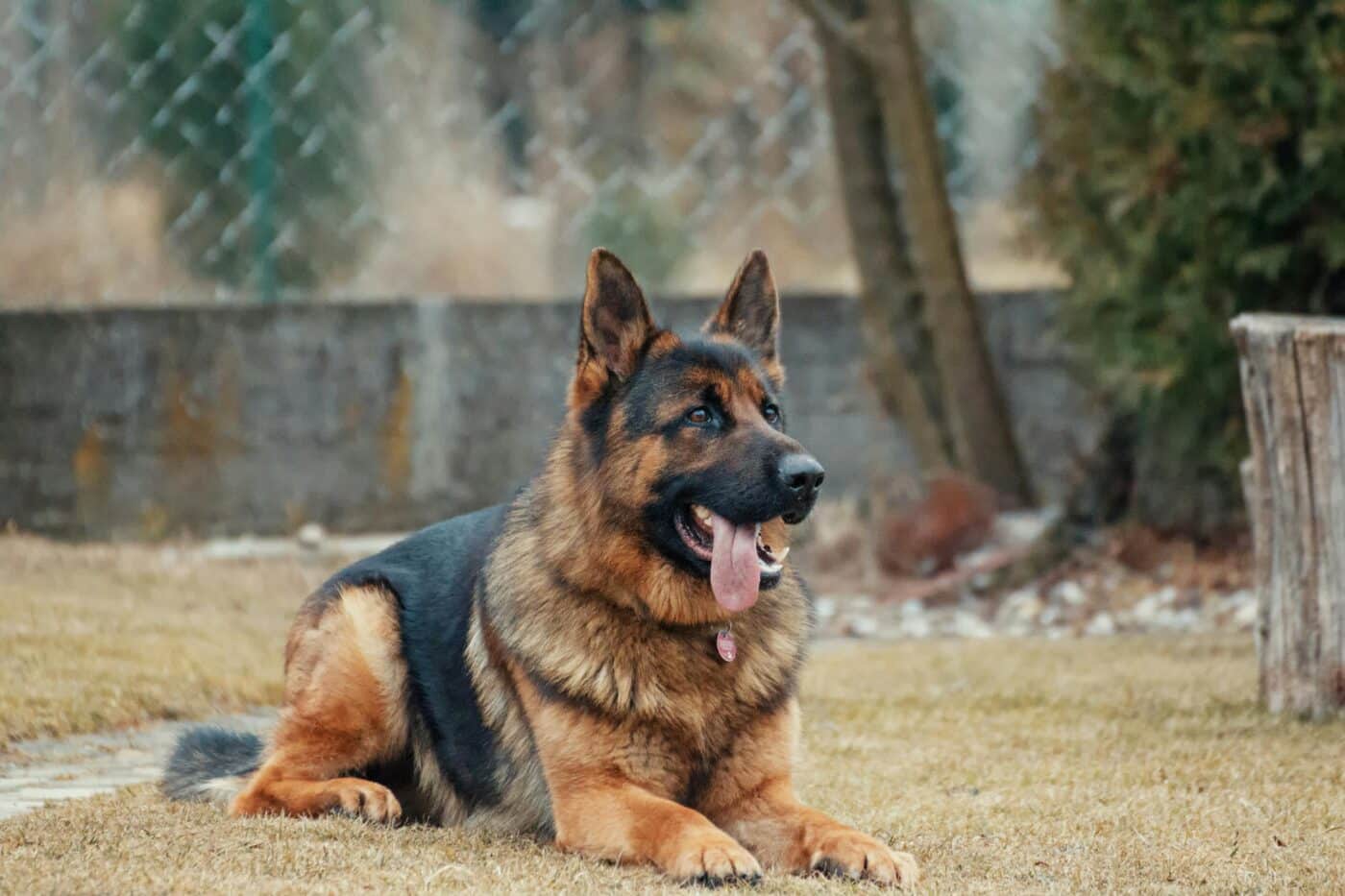
The need for a reliable, versatile working dog developed the German Shepherd. Originally bred in the late 19th century for herding sheep, this breed quickly became valued for its intelligence, strength, and loyalty. Human handlers saw the potential for the German Shepherd to perform a wide range of tasks, from guarding livestock to working as police and military dogs. Their keen intelligence and strong work ethic made them ideal candidates for these demanding roles. Today, German Shepherds are still widely used in law enforcement and search-and-rescue operations, but they also make loyal family pets. The breed’s ability to adapt to human needs highlights how closely their evolution has been tied to their relationship with people.
Bulldog
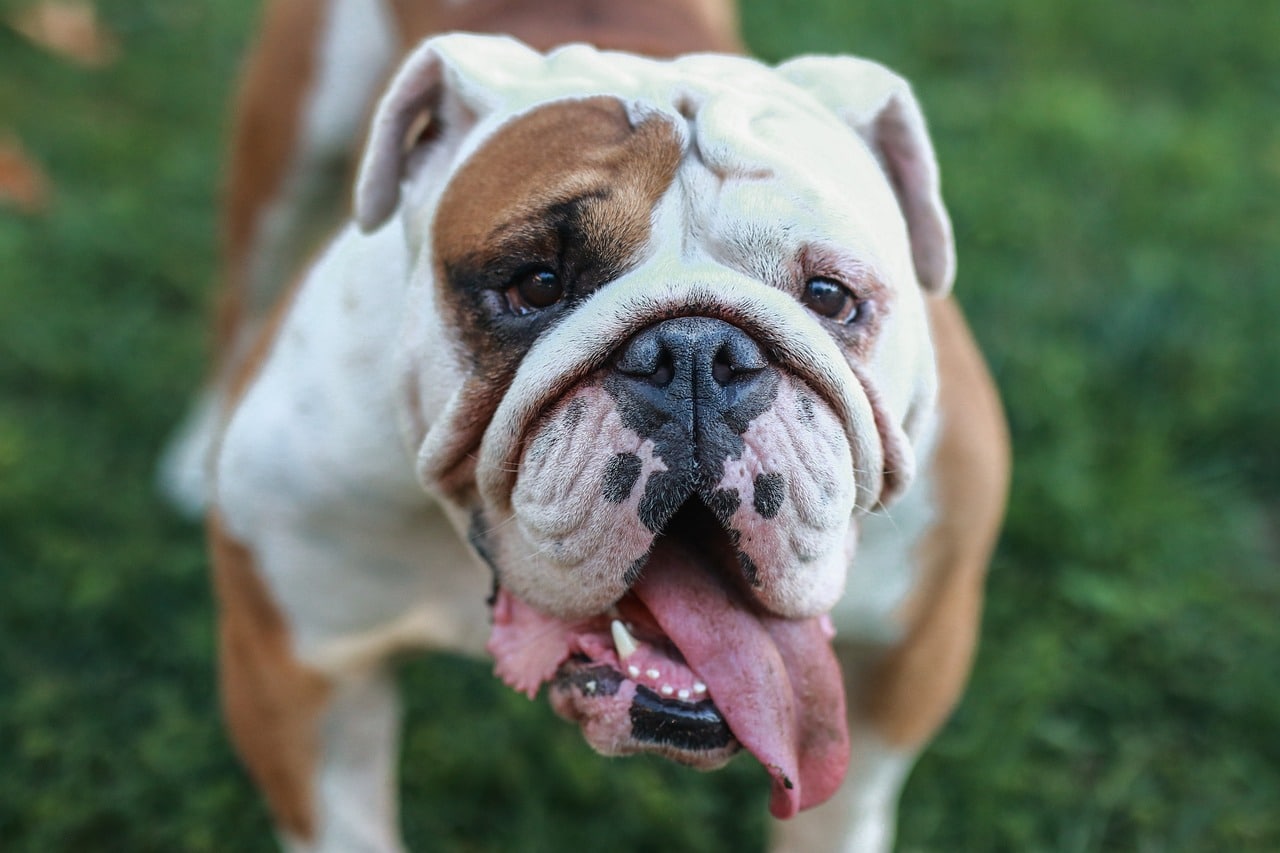
The Bulldog’s history is rooted in its role as a bull-baiting dog, a gruesome sport in which the dogs were bred to latch onto a bull’s nose and hang on tenaciously. Their muscular build, broad chest, and short snout were specifically selected to help them in these bloody confrontations. However, the Bulldog’s purpose needed to change when bull-baiting was outlawed in the 19th century. Through selective breeding, humans softened the breed’s temperament, transforming them into the affectionate and gentle companions we know today. While Bulldogs still retain their muscular build and signature wrinkled faces, their aggressive tendencies have been bred out, leaving behind a lovable, docile pet that enjoys lounging on the couch.
Poodle

Poodles are often considered glamorous show dogs, but their origins lie in a practical role—retrieving waterfowl for hunters. Bred for their intelligence and excellent swimming ability, Poodles were trained to fetch game from water, which is why they have such distinctive curly coats. The curls help to insulate them in cold water, while their keen intelligence and trainability make them ideal for hunters. Over time, human interaction shaped the Poodle into a versatile dog, known for its hunting skills and excelling in obedience, agility, and even service dog work. Poodles come in various sizes today, but regardless of their size, they remain highly intelligent, loyal companions shaped by centuries of human-directed breeding.
Siberian Husky

The Siberian Husky’s history is intricately tied to its role as a sled dog in Siberia’s harsh, cold regions. Siberian Huskies were essential to the survival of their human companions and were bred by the Chukchi people for endurance, speed, and the ability to work in freezing temperatures. They pulled sleds loaded with supplies across vast distances, making them vital to daily life in arctic regions. Human interaction shaped their energy levels, endurance, and ability to work cooperatively in teams. Even today, Huskies retain their strong work ethic and high energy, making them ideal for dog sports like sledding or skijoring. Their friendly, independent nature reflects their long history of working alongside people in extreme environments.
Dachshund
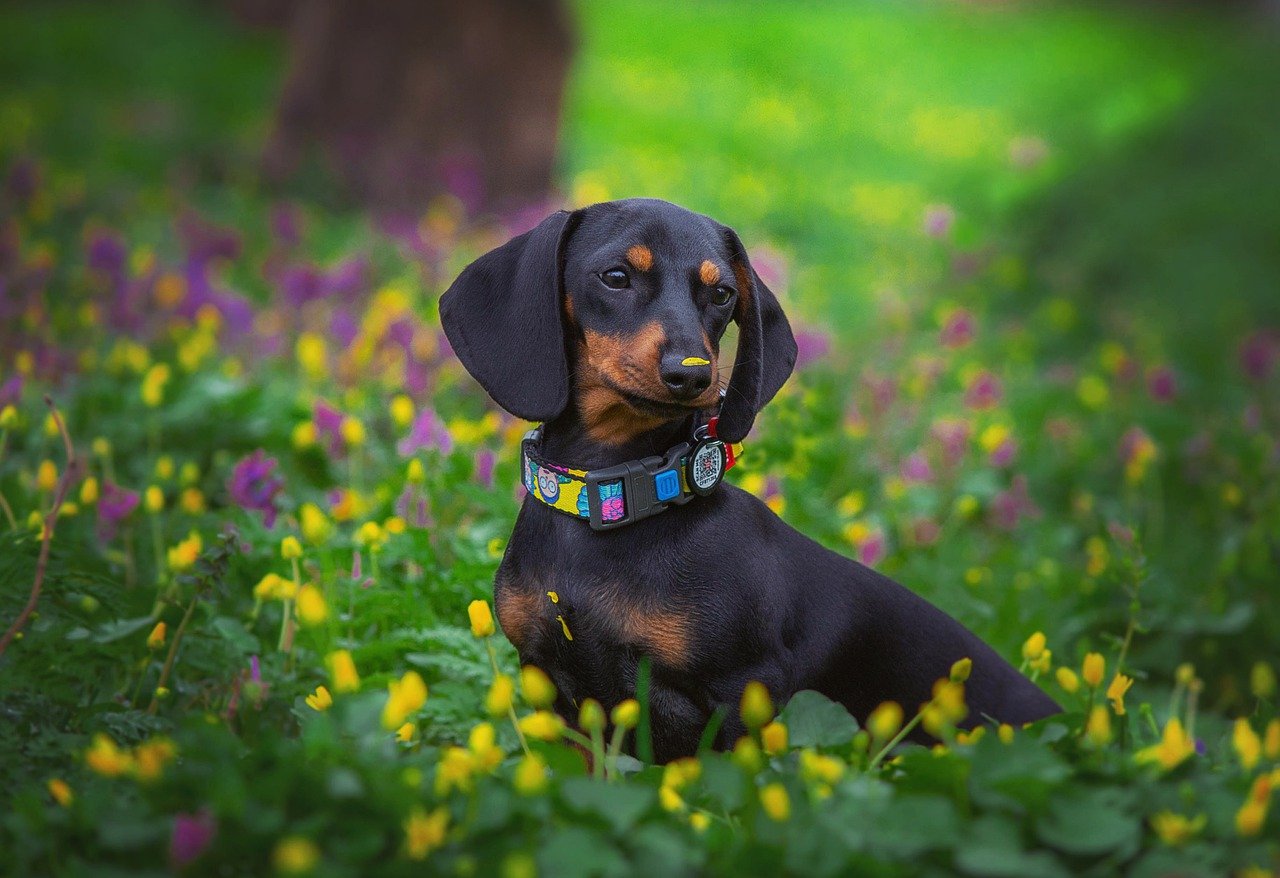
The Dachshund’s iconic long body and short legs were specifically bred for one purpose: hunting badgers. These fearless little dogs were developed in Germany to dig into burrows and chase out badgers, a job that required bravery, determination, and a long, low body to fit into tight spaces. Human breeders were selected for these physical traits, creating a breed that could fearlessly take on prey much larger than itself. Over time, Dachshunds became popular as both hunting dogs and family pets. Their bold personalities and strong prey drive, traits that were honed through years of hunting, still shine through today, even if most modern Dachshunds are more likely to burrow under a blanket than chase after badgers.
Doberman Pinscher

The Doberman Pinscher was developed in the late 19th century by a German tax collector named Louis Dobermann, who needed a reliable and protective dog to accompany him on his rounds. Dobermann bred the Doberman Pinscher to be a powerful, loyal, and intelligent protector, using a mix of breeds such as the Rottweiler, Greyhound, and German Pinscher. Human interaction directly shaped the Doberman into the ultimate guard dog, with its sleek, muscular build and natural protectiveness. Today, Dobermans are still valued for their loyalty and protective instincts, and they excel in roles such as police work, search-and-rescue, and as loyal family companions. Their development is a prime example of how a specific human need—personal protection—can shape a dog breed.
Saint Bernard

The Saint Bernard is a breed shaped by its life-saving work in the Swiss Alps. Originally bred by monks at the Saint Bernard Hospice to help locate and rescue travelers lost in the snow, these large, powerful dogs became famous for their ability to navigate treacherous mountain terrain. Saint Bernards were trained to find and dig out people buried by avalanches, often carrying small casks of brandy to revive those found. Their size, strength, and keen sense of smell were traits carefully honed by human breeders to help them perform this life-saving work. Today, Saint Bernards are beloved family pets, known for their gentle nature and love of children, but their history as rescue dogs is still an integral part of their identity.
Beagle
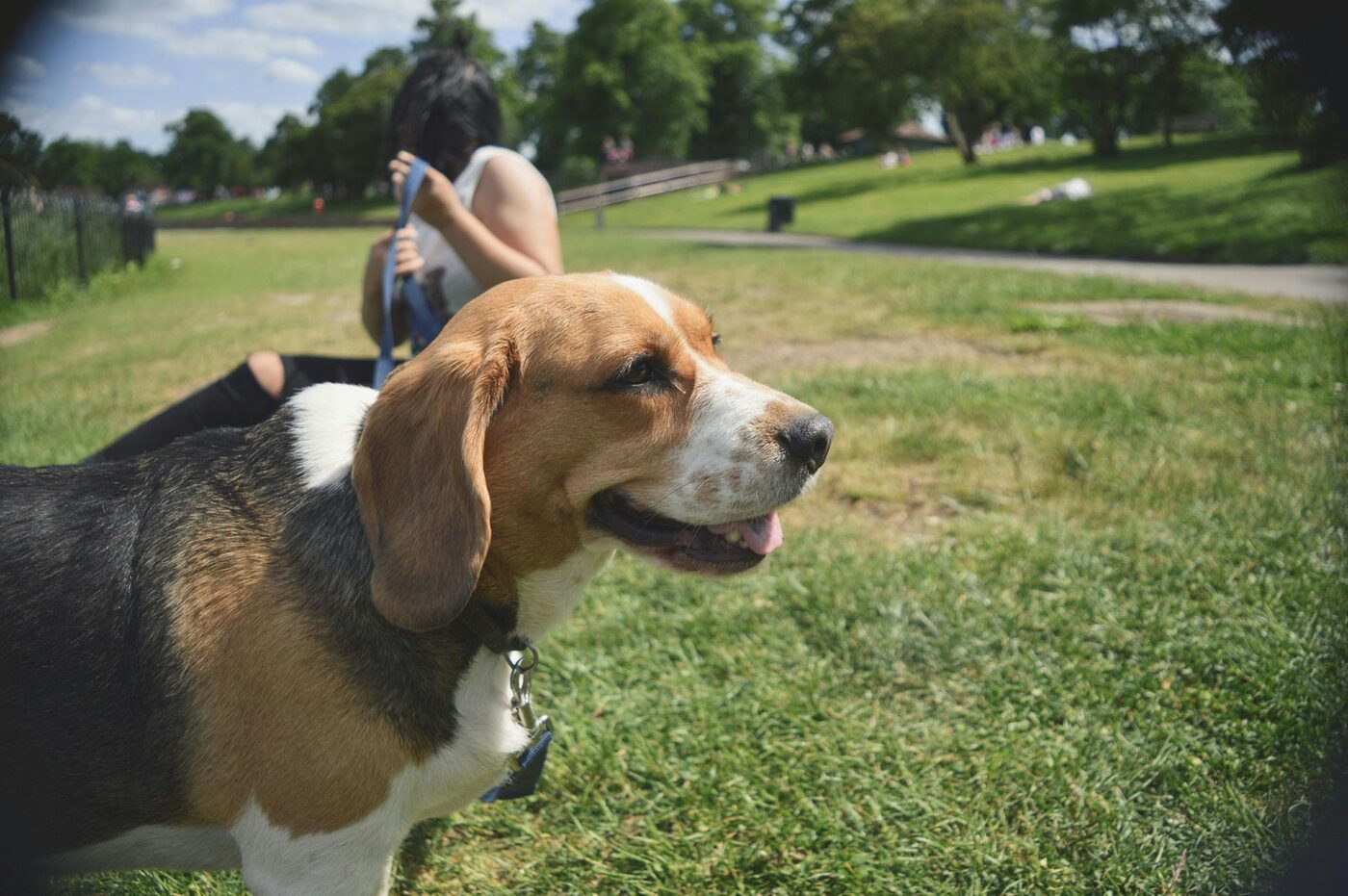
Beagles were originally bred for hunting small game, particularly rabbits, in England. Their incredible sense of smell and determined work ethic made them ideal for following scent trails over long distances. Human hunters relied on Beagles to track and flush out the game, shaping the breed’s development to emphasize traits like keen scenting ability, stamina, and a strong prey drive. Beagles are also known for their friendly and curious personalities, which were likely selected to make them better companions on long hunting trips. Today, Beagles are often used in search-and-rescue and detection work, but they are also cherished family pets, known for their playful, inquisitive nature and ability to sniff out a snack from a mile away.
Boxer
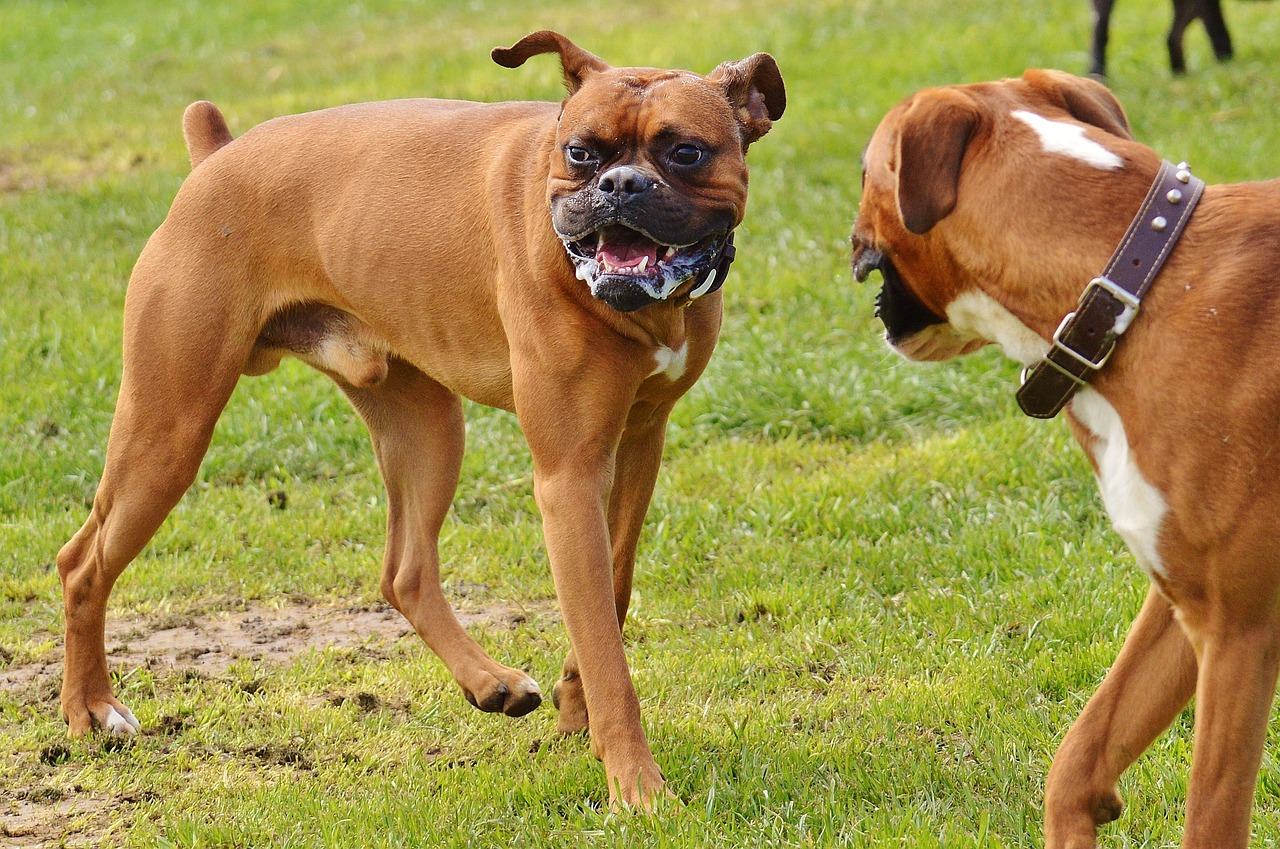
Boxers were originally bred in Germany for hunting and guarding, and their muscular build and energetic personality reflect this working background. Developed from larger mastiff-type dogs, Boxers were used for hunting large game-like wild boars, and their strong jaws were designed to hold the prey until the hunter arrived. As human needs shifted, Boxers were also used for guarding and police work, and their intelligence and loyalty made them highly versatile. Today, Boxers are beloved family pets known for their playful, energetic personalities and strong bonds with their owners. Their friendly nature with children and protective instincts make them excellent family companions, but their development as working dogs remains evident in their physique and temperament.
Rottweiler
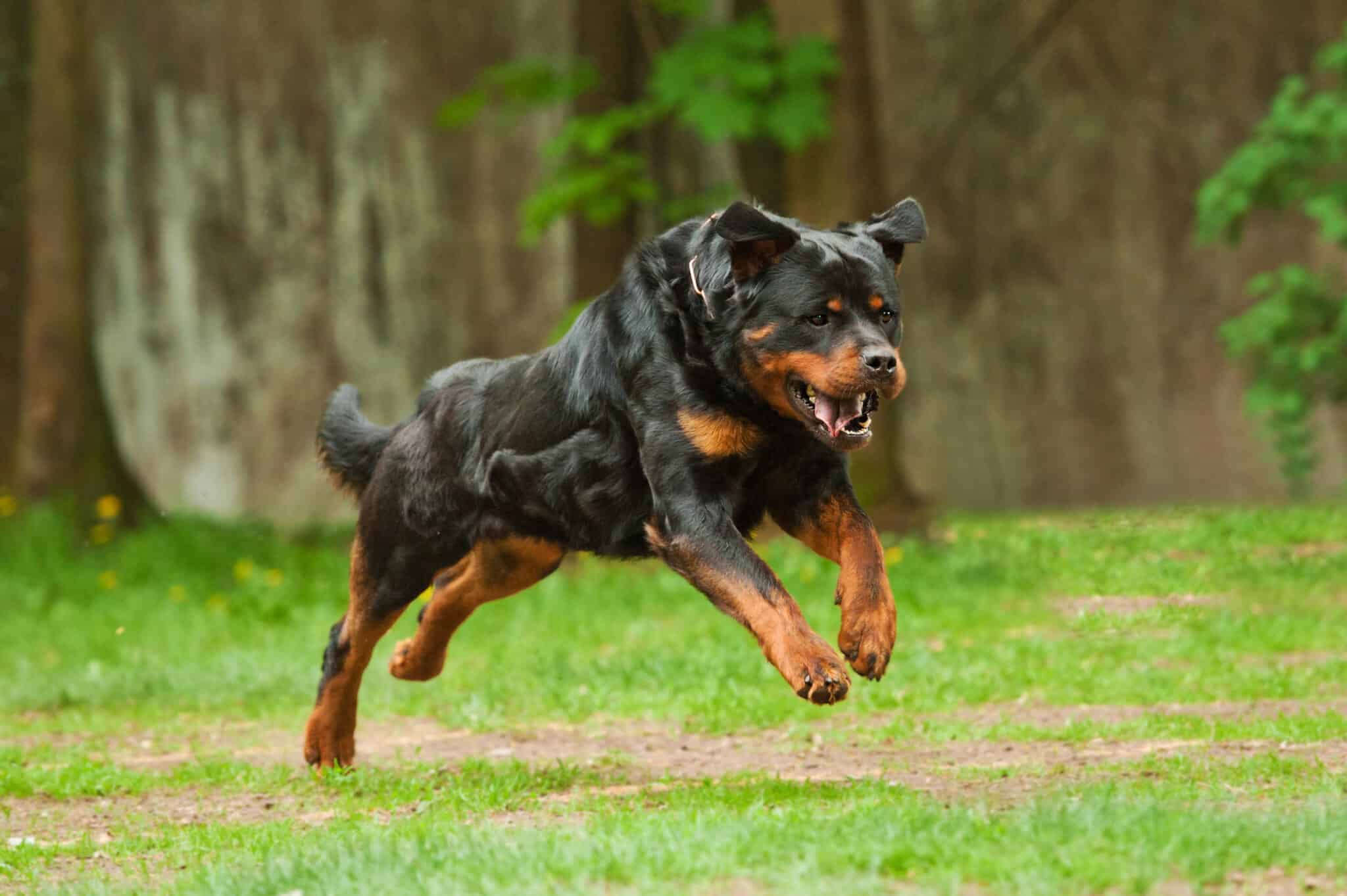
The Rottweiler’s history dates back to ancient Rome, where Roman soldiers used them as cattle-driving dogs. Over time, they became essential working dogs in Rottweil, Germany, where they were used to herd livestock and pull carts loaded with goods. Human breeders are selected for strength, endurance, and loyalty, resulting in a powerful, reliable dog capable of performing various tasks. Rottweilers were also used as guard dogs, and their protective instincts have made them popular as both working dogs and loyal family pets. Today, Rottweilers are known for their confidence, intelligence, and strong bond with their owners, all traits shaped by their long history of working alongside humans.
Shih Tzu

The Shih Tzu was bred for a very different purpose than most working dogs—it was developed to be a lap dog for Chinese royalty. Bred to live in palaces and provide companionship to emperors and their families, Shih Tzus were prized for their luxurious coats, small size, and affectionate nature. Human interaction shaped the Shih Tzu into the ultimate companion dog, with breeders selecting for traits like a calm temperament, friendliness, and beauty. Today, Shih Tzus remains one of the most popular toy breeds, beloved for their charming personalities and ability to make any lap their throne.
From Hunters to Lap Kings

These dog breeds, whether developed for hunting, herding, or companionship, have been molded through centuries of interaction with humans. From the strong and capable German Shepherd to the affectionate Shih Tzu, each breed reflects the roles humans have needed them to fulfill throughout history. While their original purposes may have changed over time, the bond between dogs and humans has only strengthened. Today, these breeds continue to offer joy, loyalty, and love. Shaped by human needs, they’ve left a lasting impact on our hearts and lives.
The post 13 Dog Breeds Shaped by Human Interaction appeared first on iHeartDogs.com.
